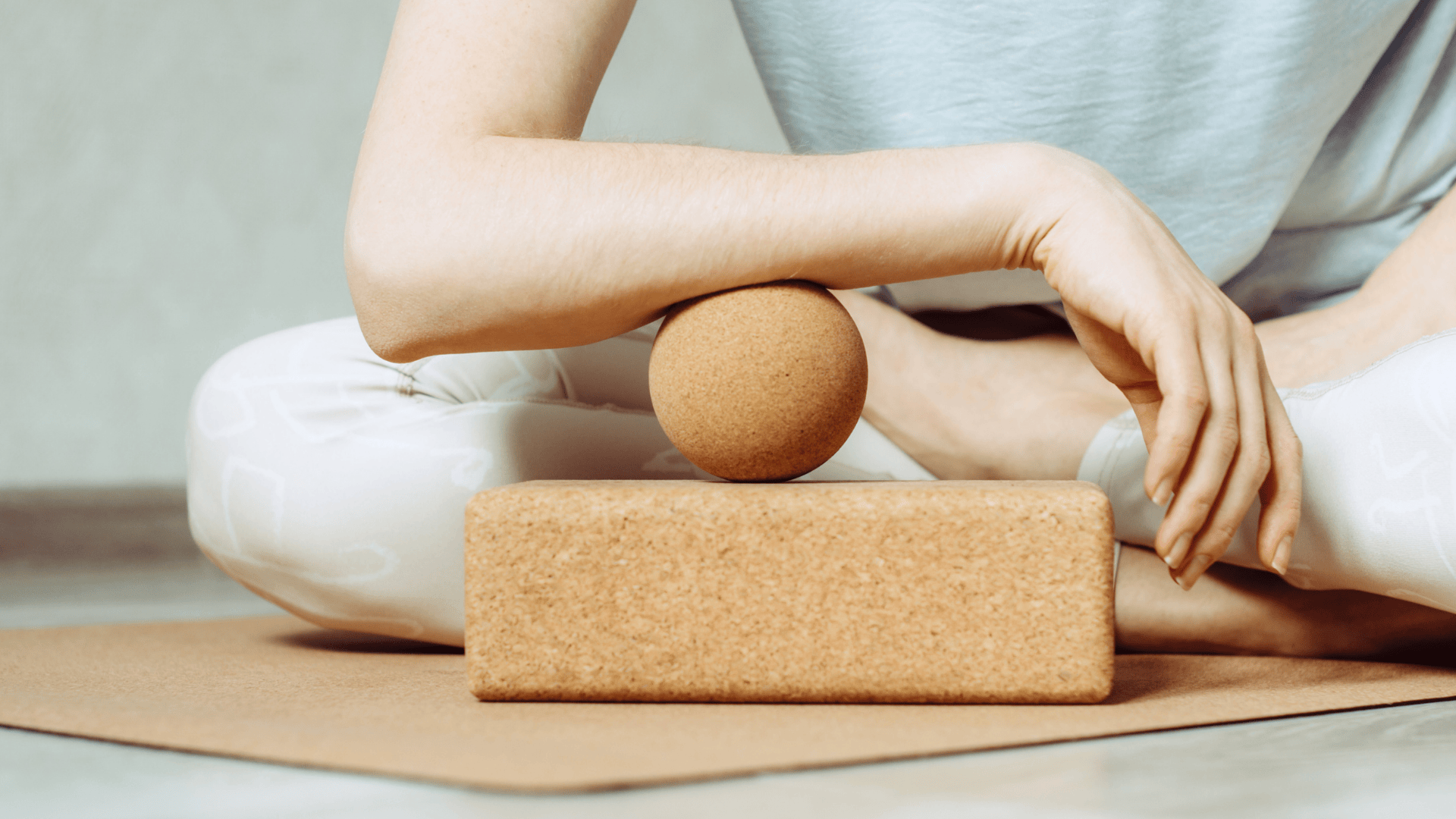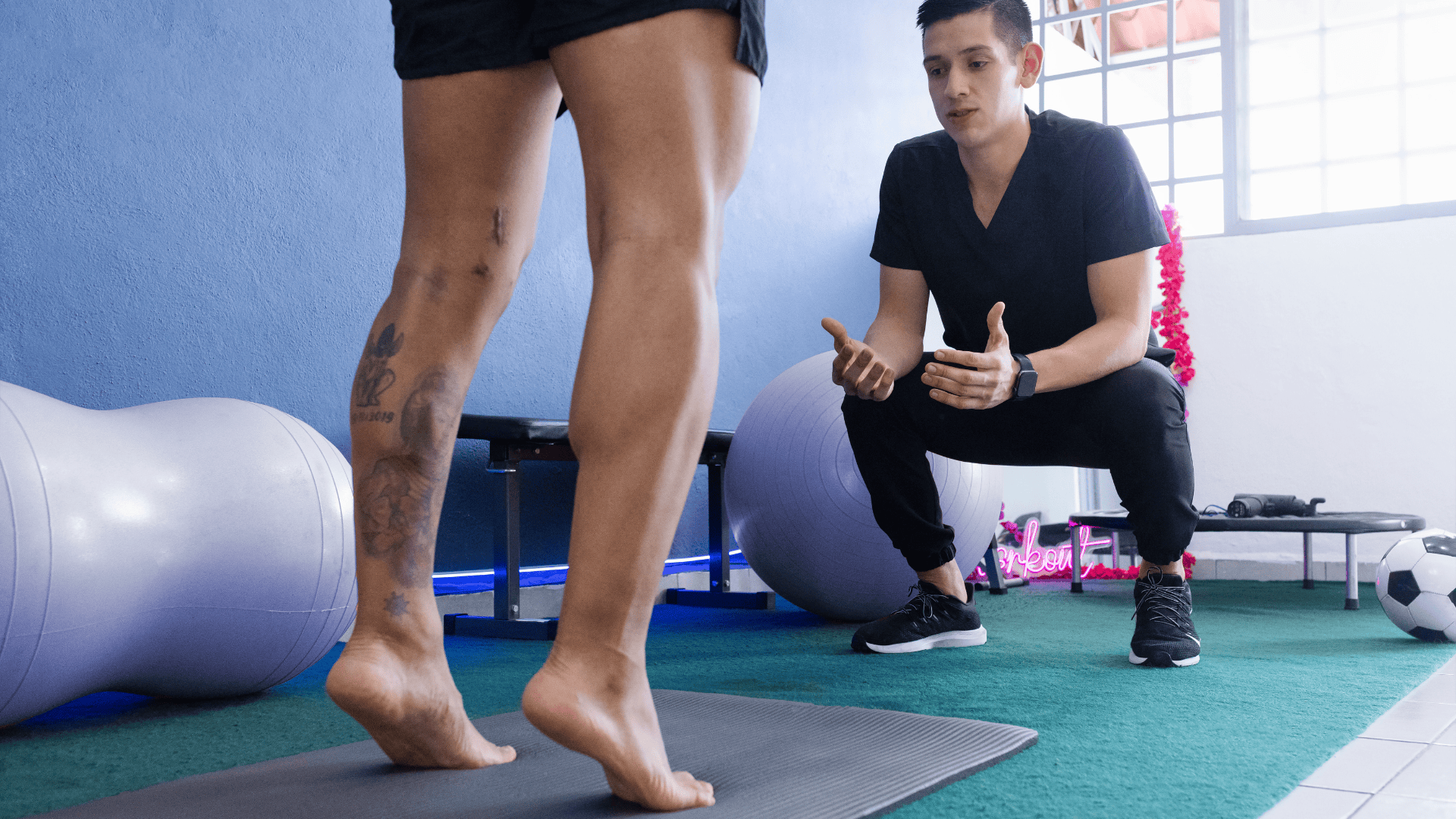Category
Myofascial | Soft Tissue Therapy
Explore fascia, adhesions, trigger points, and how hands-on therapy resolves pain and restriction. Here you'll find Fascia blogs, The Day Method, soft tissue tools, IASTM, ART
Thank you! Your submission has been received!
Oops! Something went wrong while submitting the form.

Wellness plans often focus on diet, sleep, exercise, and stress management—but neglect the connective tissue system that underpins all movement. Fascia dysfunction from poor posture, repetitive strain, or stress can limit mobility, cause pain, and undermine other healthy habits. Myofascial release restores fascia glide, improves circulation, and calms the nervous system to support fitness, recovery, and stress relief. Integrating targeted fascia work ensures your body can fully benefit from nutrition, movement, and recovery protocols.

Chronic pain often persists when fascial restrictions—tight, dehydrated connective tissue—go unaddressed by conventional treatments. Myofascial release uses sustained pressure and specialized tools to break up adhesions, restore tissue glide, and improve circulation. By targeting fascia’s impact on nerves and muscles, it releases trigger points, reduces inflammation, corrects compensatory patterns, and calms the nervous system. This root‑cause approach offers lasting relief where stretching, massage, and medications fall short.

Myofascial therapy releases tight connective tissue that builds up from intense or repetitive athletic activity. By breaking down adhesions and restoring fascia glide, it accelerates healing, reduces pain, and improves range of motion. Enhanced circulation and nerve function support faster recovery and lower injury risk. Ultimately, athletes gain smoother, more efficient movement and greater performance longevity.

Fascia is a dynamic connective tissue network that supports movement, posture, and nerve function—but it can become stiff, dehydrated, and bound by adhesions after injury, stress, or repetitive strain. Myofascial Release Therapy (MFR) uses sustained, precise pressure and movement to remodel collagen, restore tissue glide, and rehydrate the fascia. Beyond mechanical effects, MFR also calms protective muscle guarding and retrains neuromuscular communication, activating the parasympathetic system for deeper healing. Growing research shows MFR improves flexibility, reduces chronic pain, and enhances function in conditions like low back pain, fibromyalgia, and plantar fasciitis.

Knee pain that just won’t quit? The real cause might not be your knee at all. Discover how fascial patterns — from your pelvis to your ankle — can pull on the knee and cause pain that defies traditional treatment. Dr. Day breaks down the 5 fascia-based knee pain scenarios we see every week. 👉 For patients who've tried everything and still hurt — this could change the game.
We Treat the
Toughest Cases
We'd love to talk with you about yours. Ask us anything and we will get back to you with a detailed answer about your case.


.png)